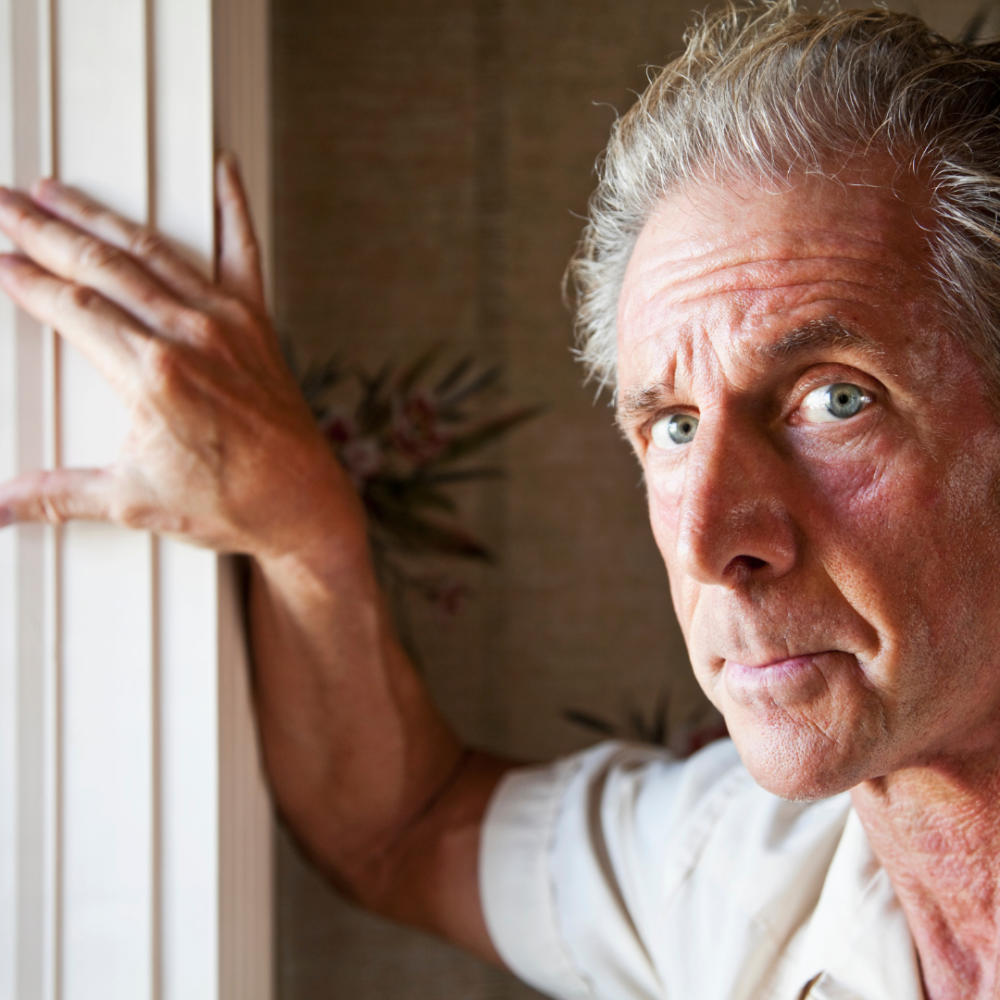Domestic Abuse in Later Life
Domestic violence doesn’t discriminate. People of any age, race, gender identity, socioeconomic status, and sexual orientation can experience intimate partner violence. Older adults can experience abuse in later life, even if they have been with their partner for years.
What is Abuse in Later Life?
Abuse in later life comprises financial, physical, sexual, and emotional abuse, abandonment, and neglect. Perpetrators are people with whom the victim has an expectation of trust, particularly spouses, intimate partners, adult children, grandchildren, other family members, and non-related caregivers. Perpetrators typically, but not exclusively, abuse older adults in their places of residence.

Did You Know?
- Every year, approximately 4 million older Americans are victims of physical, psychological, and/or other forms of abuse and neglect.
- Older adults who require assistance with daily life activities are at increased risk of being emotionally abused or financially exploited.
- Approximately 50% of older adults with dementia are mistreated or abused.
- An estimated 13.5% of older adults have suffered emotional abuse since the age of 60.
- Victims of elder financial abuse lost an estimated $2.9 billion in 2011.
- 76.1% of physical abuse toward older adults is perpetrated by a family member.
- A majority of elder sexual abuse cases involve female victims and male perpetrators.
- Only 1 out of every 24 cases of elder abuse is reported.
- Only 15.5% of elder sexual abuse is reported to police.
Why It Matters
Abuse in later life has a devastating impact on victims and can result in the loss of independence, security, life savings, health, and dignity, and can be deadly. Research indicates that older adult victims of abuse have shorter lifespans than their peers who do not experience violence. Abuse in later life can cause both physical and psychological harm. Psychological harms associated with abuse in later life include depression, stress, helplessness, alienation, guilt, shame, fear, and anxiety.
What Abuse in Later Life Can Look Like
- Emotional Abuse
-
Emotional abuse includes:
- Embarrassment and humiliation
- Controlling behavior (restricting access to telephone, transportation, and other resources)
- Damaging or destroying property
- Social isolation
- Disregarding or trivializing needs
- Physical Abuse
-
Physical abuse of an elder involved injury, assault, or inappropriate restraint. Indicators include:
- Broken bones, fractures, sprains, and/or dislocations
- Burns from cigarettes, hot water, or appliances
- Abrasions on arms, legs, or torso resembling ropes or restraints
- Bruises, including bilateral and “wrap around” bruises
- Unexplained injuries or explanations that do not “fit”
- History of similar injuries and numerous or suspicious hospital visits
- Delay between onset of injury and seeking medical attention
- Neglect of bedridden adults’ injuries
- Sexual Abuse
-
Elder sexual abuse is any non-consensual sexual contact:
- Non-consensual oral, anal, or vaginal intercourse
- Forced viewing of pornography
- Forced listening of sexual accounts
- Intentional touching of the genitalia, anus, groin, breast, mouth, inner thigh, or buttocks
- Financial Abuse
-
Financial abuse includes, but is not limited to:
What Can I Do About Abuse in Later Life?
Now that you are more familiar with abuse in later life, here are three concrete steps toward change you can take today:
- If someone tells you they are a victim of abuse, believe him or her! Encourage her/him to reach out to
- Talk to the people in your life — whether or not they are aged 60 and over — to raise awareness and start conversations about abuse in later life.
- Connect with an organization like the National Clearinghouse on Abuse in Later Life and the National Council on Aging Care to learn how you can get involved by volunteering, donating, or simply signing up to receive email newsletters.
If you’re worried that you or a loved one are in an abusive relationship, our advocates are here 24/7 to offer support, help with safety planning, and connect you to local resources if needed. You are not alone.
